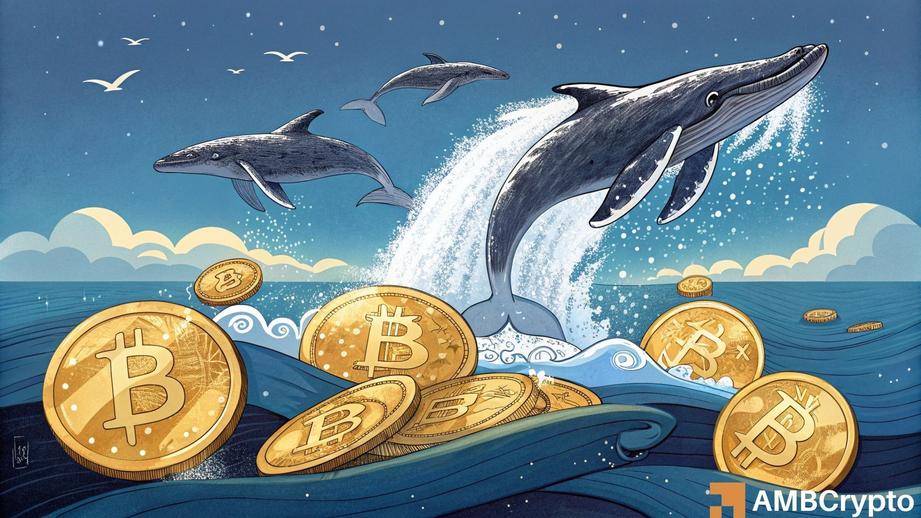Following the dip on January 28th, Bitcoin [BTC] whale accounts experienced a notable increase in the acquisition of over 22K BTC.
As the leading cryptocurrency fell to a low of $97.7K amid trading that day, it presented a modest discount, attracting significant interest from large investors.
It’s worth noting that such surges in whale accumulation have typically aligned with local price floors.
Could this imply that the $97K level acted as a support zone likely to propel Bitcoin towards a higher trajectory?
As we look ahead into February, the forthcoming FOMC guidance and crucial U.S. inflation figures set for release on Friday might dictate the digital asset’s next fate.
Shrinking Bitcoin Whale Numbers
Conversely, numerous whales holding over 1K BTC have been divesting since the middle of December.
Data from Glassnode identified a 4% decline in the count of these large entities, dropping from 1,724 to 1,655, indicating heightened selling activities in the recent week.
A continued downward trend in this index could serve as an ominous signal for a potential local or cyclical peak, akin to patterns observed during the 2020-2021 cycle.
Additional insights from CryptoCrypto examined network growth trends. Since December, the average count of actively used addresses has decreased from nearly 1.1 million to 957K.
Despite this, the metric seems to have stabilized around the 950K mark. A resurgence here might signify a growing market enthusiasm for Bitcoin, potentially steering its price to fresh peaks.
Nonetheless, current demand remains relatively stagnant. According to the Coinbase Premium Index (CPI), a barometer tracking the interest of U.S. traders in the primary cryptocurrency, the sentiment remained subdued throughout January.
Over time, sustainable upward movements in BTC have typically coincided with a positive (green) CPI over an extended duration.
At the time of reporting, the major digital asset was range-bound between $100K and $105K, awaiting cues from the impending U.S. inflation statistics.

